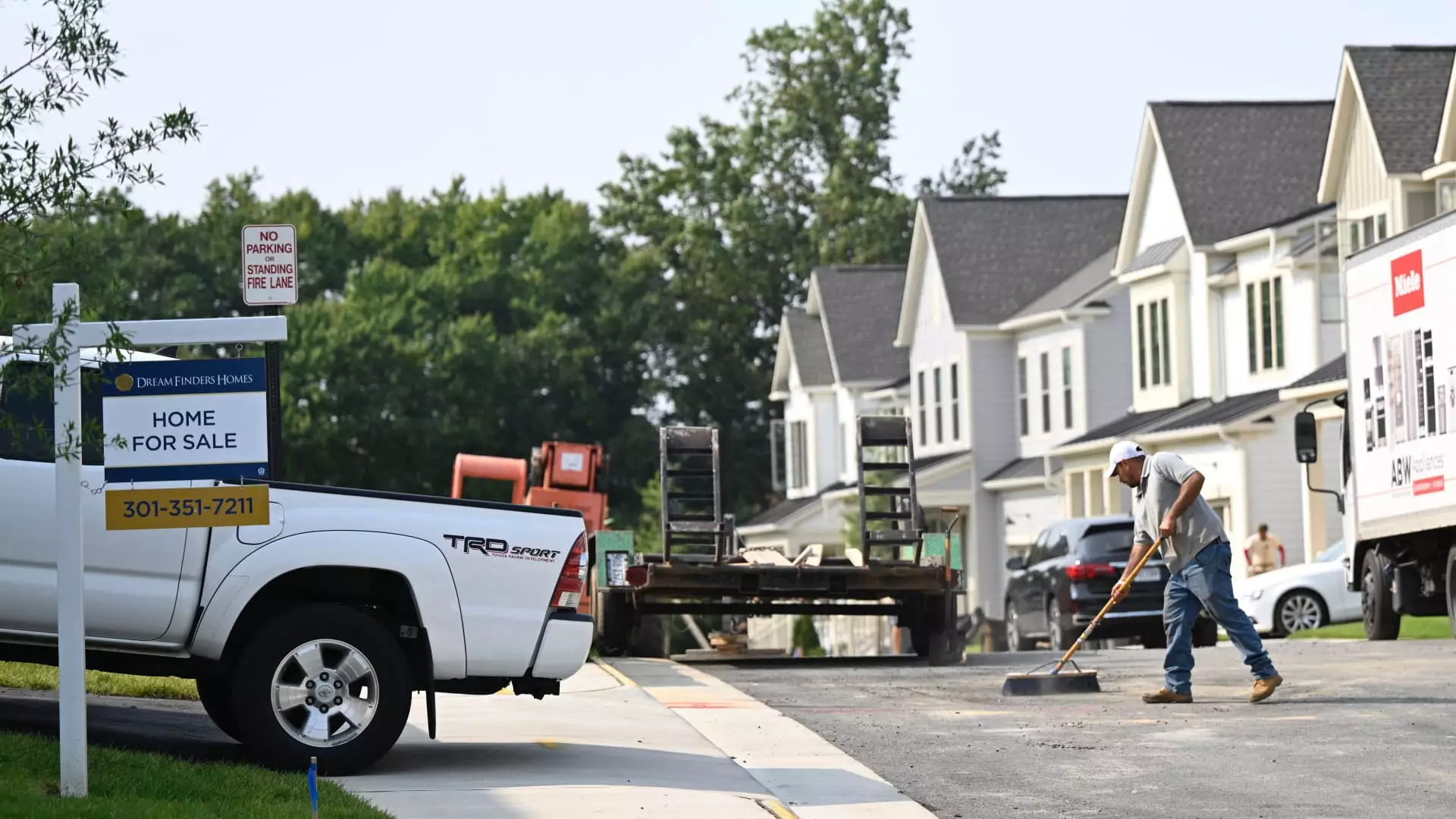The latest analysis on the housing market reveals a slowing down in the rate at which home prices are growing. In February, U.S. home prices increased by 0.6%, aligning with the average monthly gain over the past eight years leading up to the onset of the Covid-19 pandemic. This phenomenon, as stated by Daryl Fairweather, the chief economist at Redfin, reinstates the trend of prices growing about half a percent monthly or increasing by 5% to 6% annually. The gradual slowdown, despite the rise in mortgage rates, suggests a return to pre-pandemic trends.
Although there is a resemblance in house price appreciation rates to the pre-pandemic era, the current market conditions are notably different. The housing market continues to present affordability challenges to most prospective buyers, with an insufficient inventory to meet the existing demand. Sellers are dissatisfied with the offers they receive, while buyers grapple with escalating prices and mortgage rates. This discontent underscores the need for a more balanced and sustainable market environment.
One of the substantial differences between the present housing market and the pre-pandemic period is the significantly low transaction volumes. This can be attributed to the high mortgage rates that peaked last year and are currently above 6%. The market is witnessing transaction levels at ‘recessionary lows,’ partially due to limited housing supply. Although there has been a slight improvement in new listings, transactions are yet to reach pre-pandemic levels. The rise in listings is mainly seasonal, driven by the tendency of owners to sell their homes during spring and summer, coupled with life events like job changes or marriages.
The mortgage rate lock-in effect, termed as the ‘golden handcuff effect,’ has kept homeowners with low mortgage rates from listing their properties in a higher interest rate environment. This scenario has contributed to the scarcity of available supply. However, the easing of this effect is gradually leading to an increase in housing inventory. With buyers adapting to higher mortgage rates and the expected rate cuts by the Federal Reserve, the influence of the rate lock-in effect is projected to diminish over time. This, combined with a forecasted decline in mortgage rates and stagnant national home prices, might alleviate the current supply constraints.
New-home sales have been a beacon of hope, running at the higher range observed before the pandemic. The surge in new home purchases, with buyers turning to new constructions due to limited existing housing options, is benefiting homebuilders. Builders have the advantage of offering incentives like mortgage rate buydowns and price discounts, which might attract buyers away from the existing home market. Nevertheless, the boost from new-home sales is insufficient to bridge the prevailing housing supply gap across the nation.
While the housing market is showing signs of stability in price growth, challenges such as affordability concerns, limited inventory, and fluctuating mortgage rates persist. Addressing these issues will be crucial in creating a more inclusive and sustainable housing market for both buyers and sellers.

Leave a Reply